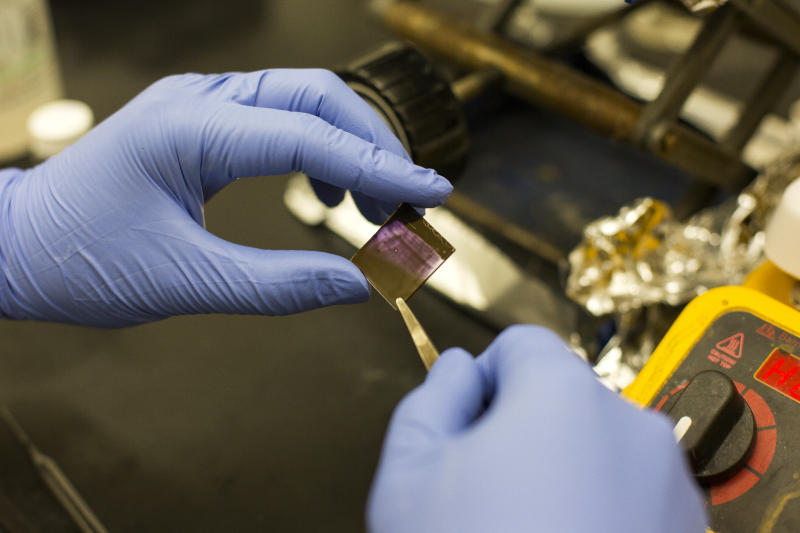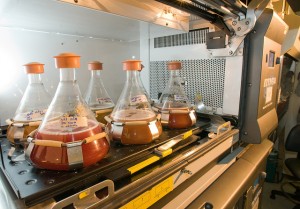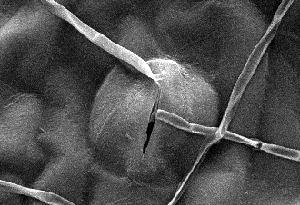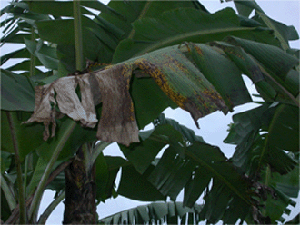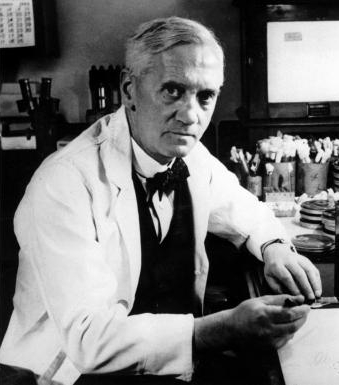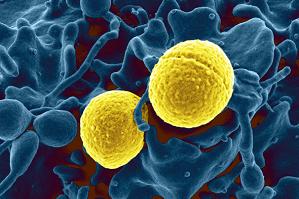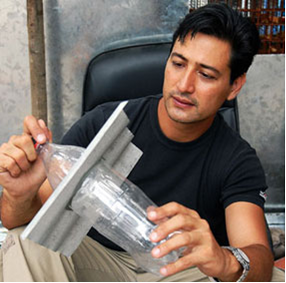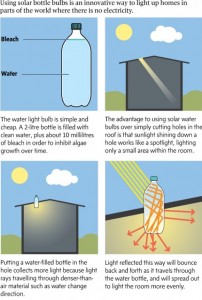When you ask a group of people to name Earth’s most important group of organisms you’ll receive a variety of answers. Regardless of whether or not they have a scientific background, you will rarely hear anyone say algae. However, as more and more research accumulates, it is becoming clearer and clearer that the correct answer might just be algae. That’s right, that weird green and red slime that you see at the beach is by far one the most important group of organisms on this planet.
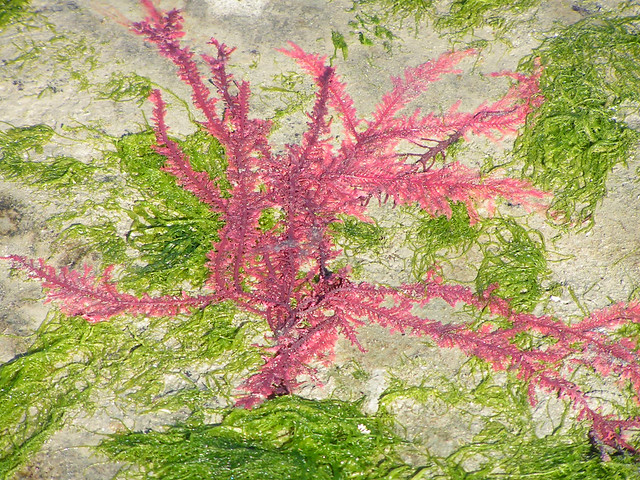
Courtesy of Arthur Chapman via Flickr Creative Commons
Whether it is green, brown, or red, algae are the most important organisms you have probably never considered before. Consider the following: the breath of fresh oxygen that you’ve been enjoying while reading this sentence, as well as every other breath you have taken in your life, is mostly thanks to oceanic algae. In fact, it is estimated that about 70 – 80% of the oxygen we breathe is a product of algal photosynthesis. This is an astounding figure, especially when most people consider our forests to be our source of O2. And it’s not just oxygen that algae provide humans with.
Courtesy of Oregon State Parks’ via Flickr Creative Commons
Have you ever enjoyed a nice scoop of ice cream on a hot summer’s day? Have you ever enjoyed a dairy product, or bread, or canned meat? If the answer to any of these is yes, then you might just have to send thanks to algae. Algae are a source of agar, which acts as a thickener, and is an additive in nearly everything, from food to cosmetics. Agar is also irreplaceable in fields of science such as biology and pharmacy where organism growth is a key part of research.

Courtesy of Kate Donkin via Flickr Creative Commons
Algae don’t just provide a medium for biological and health related research – even before the emergence of science, as we know it, Corallinae algae were used for thousands of years as an anti-worm remedy. Nowadays, algae are still used in the healthcare industry. Corallinae, with their structure and calcium content have been found to greatly enhance bone regeneration, extracts from the Dumontiaceae algal family have been shown to inhibit the herpes virus in non-human patients, and Carrageens, which are extracted from red algae, are currently an active ingredient in a number of anti-viral drugs.
Recently, algae have begun to play an even more important role in our lives. With global warming becoming a larger and larger concern, Exxon, BP, and Chevron have started to grow and harvest large quantities of algae for biofuel. Not only does the use of biofuel prevent the environmentally destructive harvest of non-peak oil, but the growth of large amounts of algae also acts to remove a significant amount of C02 from the atmosphere. On a smaller scale, a French scientist has started working on a unique algal lamp. These lamps, using just oxygen, a small internal light source, and photosynthetic algae produce both light and oxygen, consuming only CO2. And the quantity of CO2 is substantial – it is estimated that a single lamp uses 150-200x the amount of CO2 annually that a tree will use in its lifetime.
Courtesy of shamengo2 via Youtube
Although you wouldn’t usually think twice about them, algae are, in a lot of ways, the cornerstone of life as we know it.
Audio clip: Adobe Flash Player (version 9 or above) is required to play this audio clip. Download the latest version here. You also need to have JavaScript enabled in your browser.
– Abby Perehudoff, Clarissa Ngui, Brian Kahnamelli, Jong Jin Park







